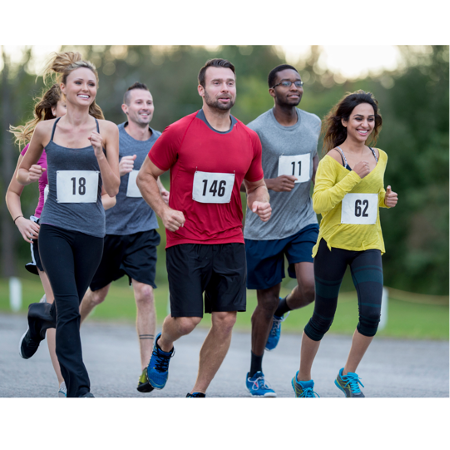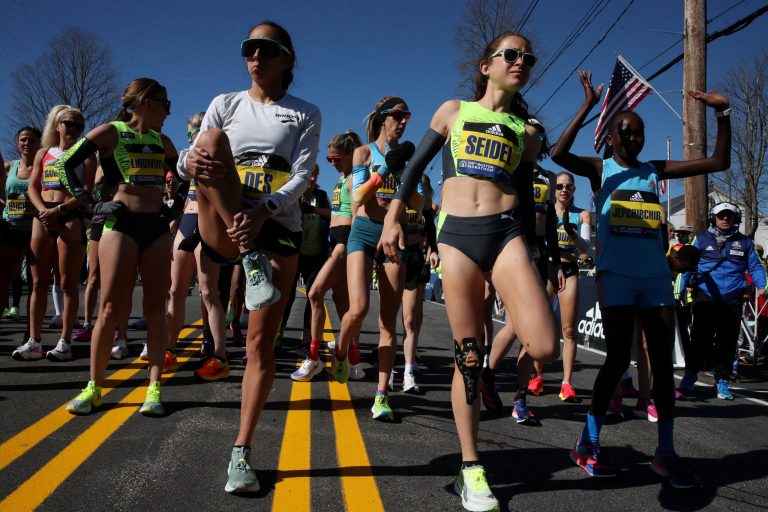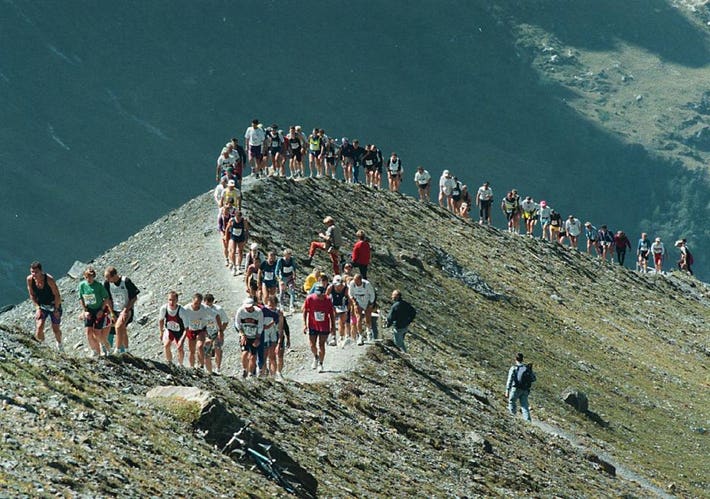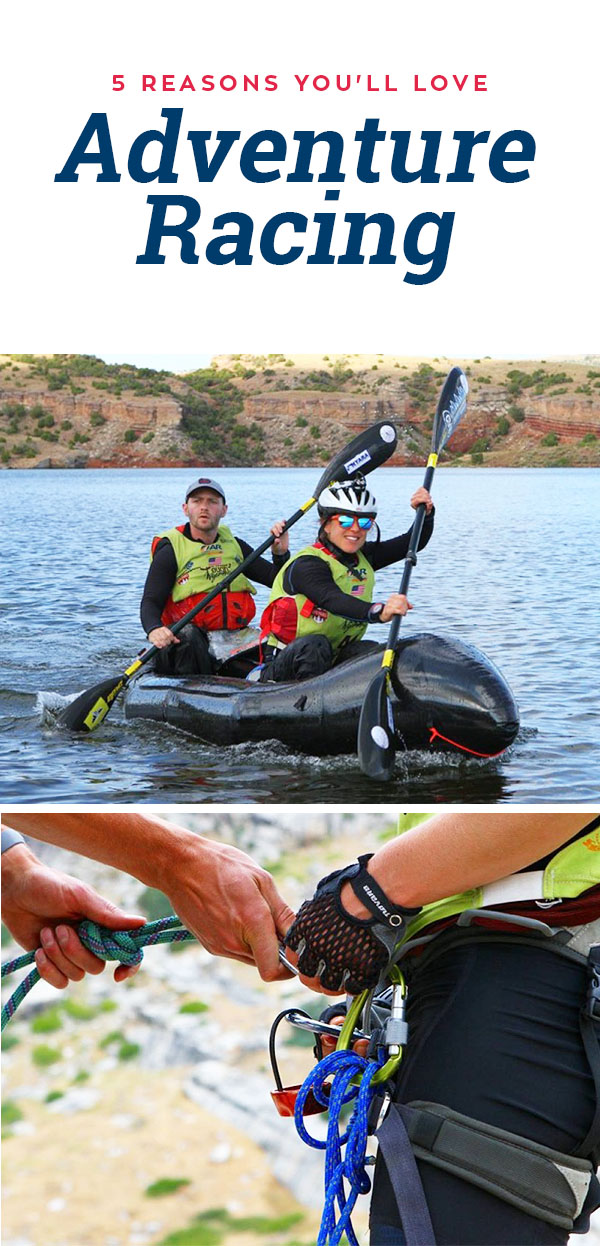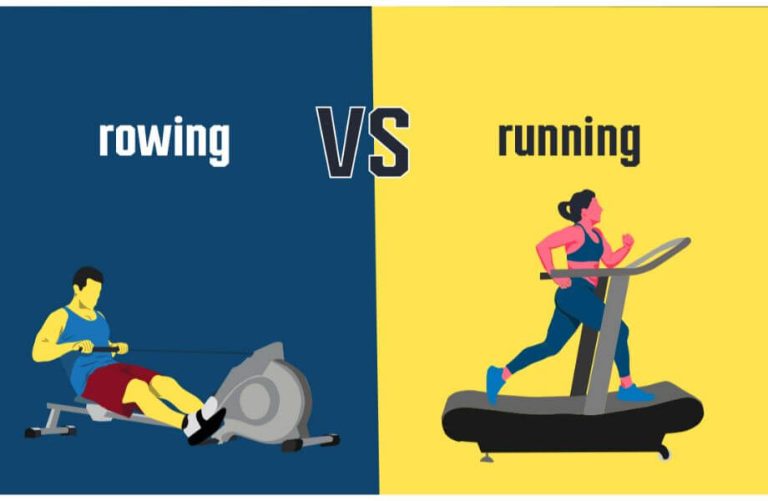Best Stretches for Runners
For runners, the best stretches to include in their routine are calf stretches and hip flexor stretches. These stretches help improve flexibility and reduce the risk of injuries.
Running puts a lot of stress on the body, especially the lower body, so incorporating these stretches can enhance performance and overall well-being. Proper stretching techniques can also help prevent muscle tightness and soreness, allowing runners to maintain a strong and healthy stride.
By prioritizing these stretches, runners can optimize their workout routine and enjoy the benefits of a more efficient and injury-free run.
Pre-run Warm Up
Before starting a run, it’s crucial to prepare your body through a proper warm-up routine. The pre-run warm-up not only enhances performance but also reduces the risk of injury. By incorporating a combination of dynamic stretches and activation exercises, runners can effectively prime their muscles for the workout ahead. Let’s delve into the best stretches for runners to include in their pre-run warm-up.
Dynamic Stretches
Dynamic stretching involves continuous movement to increase blood flow and flexibility, making it an ideal component of a pre-run warm-up. These stretches engage the muscles in a controlled manner, preparing them for the upcoming activity.
Activation Exercises
Activation exercises target specific muscles to enhance their engagement during the run, promoting better performance and reducing the risk of injury. These exercises stimulate the neuromuscular connections, ensuring that the muscles are fully activated and ready for action.
Post-run Cool Down
After completing a run, it’s essential to properly cool down to maintain muscle flexibility and prevent injury. The post-run cool down routine should consist of a combination of static stretches and foam rolling. These exercises help the muscles relax, decrease tightness, and aid in recovery.
Static Stretches
Static stretches involve holding a position for a certain period to stretch the muscles and improve flexibility. Perform these stretches after a run when the muscles are warm. Include stretches for major muscle groups like hamstrings, quadriceps, calves, and hips. Hold each stretch for at least 30 seconds without bouncing.
Foam Rolling
Foam rolling is a form of self-myofascial release that targets muscle tightness and knots. Use a foam roller to apply pressure to different muscle groups. Roll slowly and firmly over the muscle knots or tight areas for 1-2 minutes. Foam rolling helps improve circulation, reduce muscle soreness, and speed up recovery.
Hip Flexor Stretches
Kneeling Hip Flexor Stretch
Begin by kneeling on the ground, ensuring your knee is directly under your hip and your other foot is placed in front with a 90-degree bend in the knee.
Slowly lean forward, keeping your back straight, until you feel a gentle stretch in the front of your hip. Hold for 20-30 seconds and switch sides.
Standing Hip Flexor Stretch
Stand with one foot in front of the other, maintaining a slight bend in both knees. Keep your back straight and engage your core.
Gently shift your weight forward to feel a stretch in the hip flexor of the back leg. Hold for 20-30 seconds before switching sides.

Credit: m.youtube.com
Calf Stretches
One of the most crucial aspects of a runner’s workout routine is giving attention to the calf muscles. Calf stretches play a pivotal role in preventing injury and improving performance. Here, we will explore two effective calf stretches for runners that aid in maintaining flexibility and reducing the risk of injury.
Wall Calf Stretch
The wall calf stretch is a straightforward yet effective stretch that targets the deep muscles of the calf. To perform this stretch, follow these simple steps:
- Stand facing a wall with your hands placed against it at shoulder height.
- Step back with one foot while keeping the other foot forward and both heels flat on the ground.
- Lean forward gradually, keeping the back leg straight until you feel a gentle stretch in your calf.
- Hold the position for 30 seconds and then switch to the other leg.
Seated Calf Stretch
The seated calf stretch is an effective way to specifically target the soleus muscles, which are often neglected but play a crucial role in running performance. Follow these simple steps to perform the seated calf stretch:
- Sit on the ground with your legs extended in front of you.
- Wrap a towel or resistance band around the ball of one foot, holding each end with your hands.
- Gently pull the towel or band towards you, feeling a stretch in your calf.
- Hold the stretch for 30 seconds, then switch to the other leg.
Quadriceps Stretches
Stretching plays a crucial role in a runner’s routine, helping to prevent injuries, improve flexibility, and enhance overall performance. When it comes to stretching the quadriceps muscles, there are two effective exercises that can be incorporated into your pre or post-run routine. Let’s explore the standing quadriceps stretch and the lying quadriceps stretch, both of which target the quadriceps, a group of powerful muscles at the front of the thigh that play a significant role in running.
Standing Quadriceps Stretch
The standing quadriceps stretch is a simple yet effective exercise that can be performed anywhere, making it a convenient choice for runners. To do this stretch:
- Stand tall with your feet hips-width apart.
- Reach back with your right hand and grab your right ankle or foot.
- Gently pull your heel towards your glutes, feeling a stretch in the front of your right thigh.
- Keep your knees close together and your back straight.
- Hold the stretch for 20 to 30 seconds, breathing deeply.
- Release and repeat on the other side.
The standing quadriceps stretch not only helps to increase flexibility in the quadriceps but also engages the muscles of the standing leg for added balance and stability.
Lying Quadriceps Stretch
The lying quadriceps stretch provides a deeper stretch for the quadriceps muscles and is especially beneficial for runners who want to target one leg at a time. To perform this stretch:
- Lie flat on your stomach on a comfortable surface.
- Bend your left leg at the knee and reach back with your left hand, grasping your left ankle.
- Gently pull your left heel towards your glutes, feeling the stretch in the front of your left thigh.
- Keep your hips and pelvis pressed into the ground.
- Hold the stretch for 20 to 30 seconds, taking deep breaths.
- Switch sides and repeat with the right leg.
The lying quadriceps stretch allows for a more intense stretch as it targets one leg at a time, allowing you to focus on each leg’s individual flexibility.
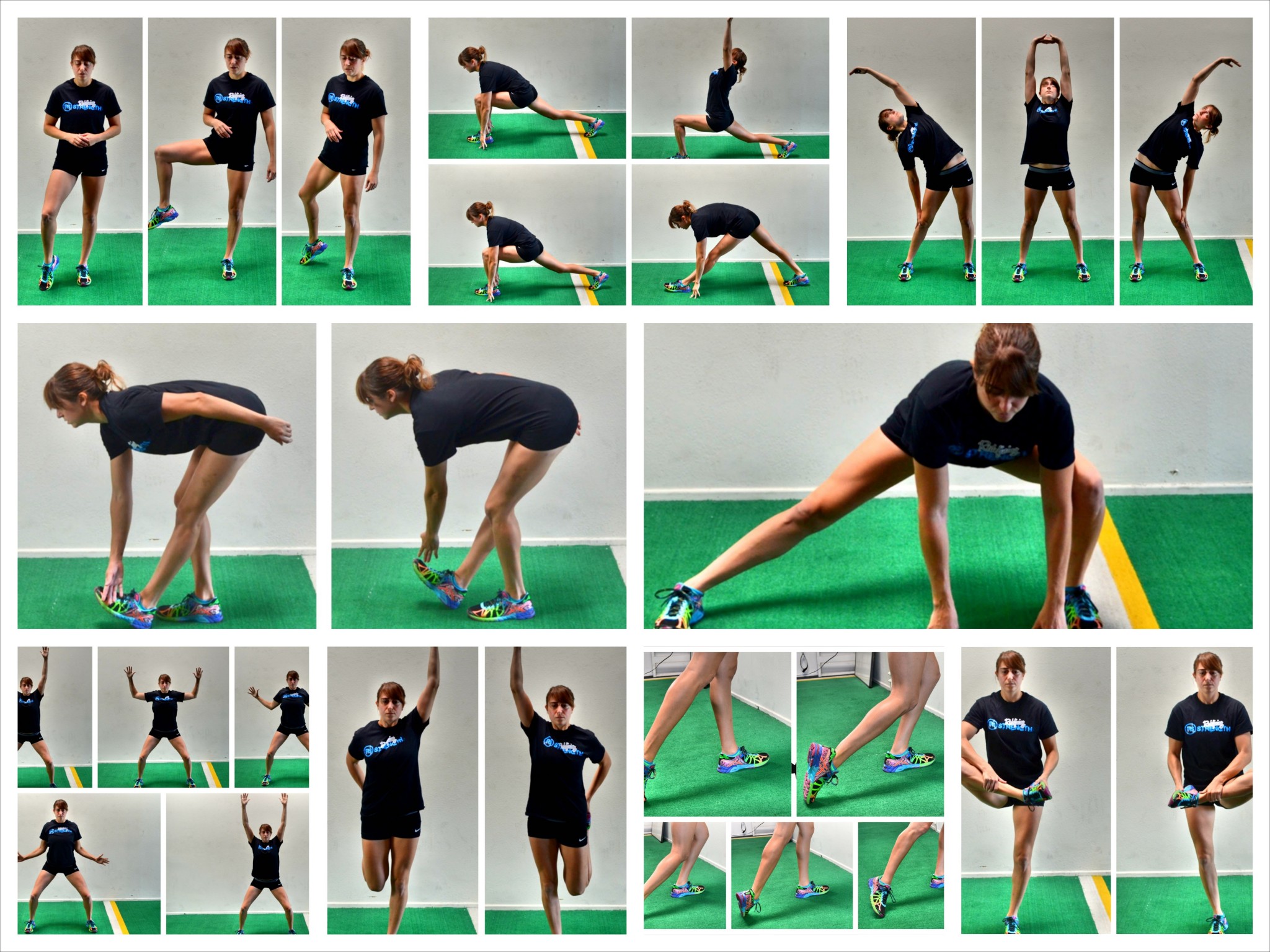
Credit: redefiningstrength.com

Credit: runninforsweets.com
Frequently Asked Questions For Best Stretches For Runners
What Are The Best Stretches For Runners Before A Run?
To prepare your body for a run, focus on dynamic stretches such as leg swings, hip circles, and walking lunges.
How Can I Stretch My Calf Muscles To Prevent Injury?
Perform calf stretches by placing your hands on a wall, stepping one foot back, and leaning forward until you feel a gentle stretch in your calf.
Is It Important To Stretch After Running?
Yes, after a run, static stretches can help improve flexibility and reduce muscle tightness. Focus on stretching your quads, hamstrings, and hip flexors.
Conclusion
To sum up, incorporating these stretches into your running routine can improve flexibility and prevent injury. By targeting key muscle groups, such as the hamstrings and quadriceps, you can enhance your performance and endurance. Remember to listen to your body and perform these stretches with proper form.
Make sure to consult a professional if you have any specific concerns or issues. Happy running!


